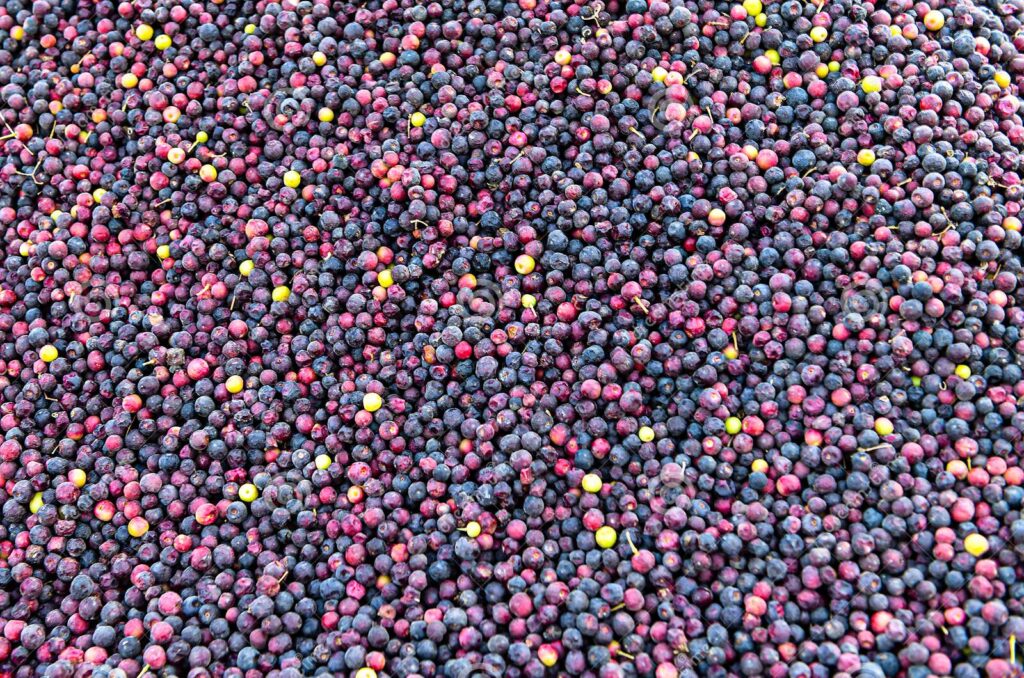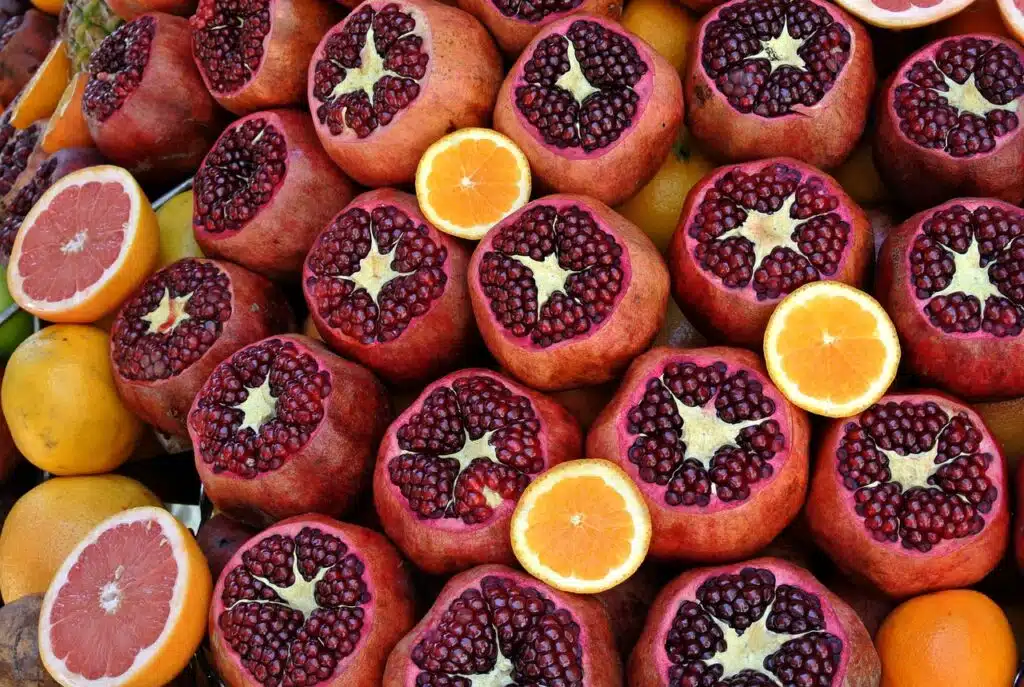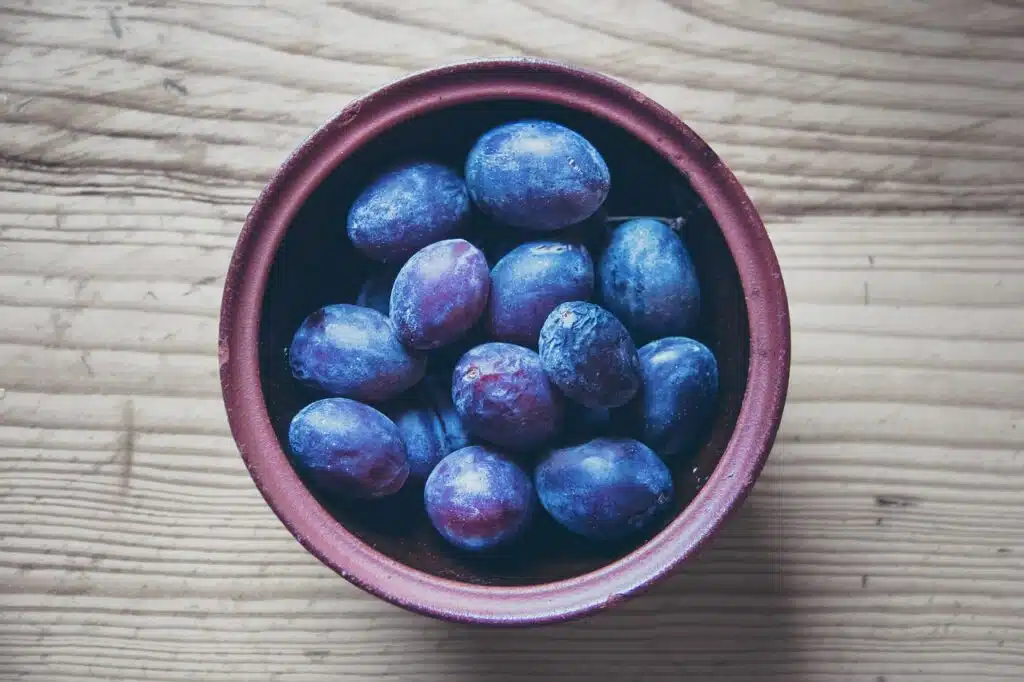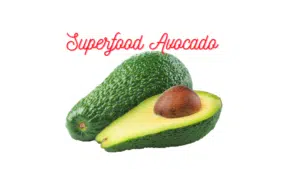Are you a fruit aficionado? Tired of the same old things? Try one of these fruits of the month clubs to have fresh, organic, unusual, or simply delicious fruit delivered to your house every month. Do you want to try something new to eat? Tired of the same old fruit rack at the supermarket? Are pineapples out of date? If this describes your mental condition, then get ready to go exotic with nutrient-dense exotic fruit from around the world! Continue reading to learn about the benefits of three exotic fruits – Phalsa (Grewia asiatica), Black Plum (Kala Jamun), and Grapefruit benefits. Fruits that are high in vitamins, minerals, and other nutrients assist to fight disease and improve health.
Phalsa (Grewia Asiatica) – An Exotic Fruit With Health Benefits
Some dishes, like today’s star, Phalsa/ Falsa, also known as Grewia asiatica, take me straight back to childhood. We used to buy this small red-purple berry-like fruit from street vendors and salt it. Oh, how I miss the simple days and treats! The Tiliaceae family includes the shrubby tree Phalsa (Grewia asiatica), considered the only edible variant among its 150–odd varieties. Phalsa is grown in Nepal, Pakistan, Laos, Thailand, and Cambodia and is said to be indigenous to India. However, the tree is considered a weed in Australia and the Philippines. Phalsa fruits have an excellent flavor that is a mix of sour, bitter, and acidic.

HEALTH BENEFITS OF PHALSA (GREWIA ASIATICA)
Phalsa fruit, seed, and pulp contain a wide range of phytochemicals, making it a functional food. This exotic fruit contains both required and non-essential amino acids and is high in bioactive substances such as anthocyanin, flavonoids, and phenols, hence the health benefits. The Phalsa fruit (Grewia asiatica) is known for its cooling effect and ability to quench thirst.
Studies reviewing its health benefits reported that Phalsa or Grewia asiatica possesses strong antioxidant, antimicrobial, and cardioprotective potential and is useful in diabetes, inflammation, and cancer (1).
Phalsa fruit, with several health benefits, has been used to treat stomach pain, morning sickness, wound healing, fever control, diabetes reduction, inflammation, and fungal infections. The rawer part of this exotic fruit Phalsa assists in curing blood disorders, fevers, inflammations, blood purification, and respiratory problems such as asthma, bronchitis, colds, coughs, and sore throats.
The Phalsa fruit relieves urinary problems like burning, and the juice helps with indigestion and high acidity. The fruit lowers blood pressure and cholesterol levels while also easing liver and gall bladder issues. The Phalsa seeds are used to treat gonorrhoea and fertility issues, as well as protect against sunstroke and mend anaemia. The infusion of the bark of Phalsa is used to cure rheumatism and diarrhoea.
Here is a little secret. If a meal is naturally purple, it contains anthocyanins, which are antioxidants. This molecule aids in the protection of collagen and the restoration of youthful skin. Phalsa or Grewia asiatica is also recognized for cleaning the blood, which implies they aid in skin clearing, so eat up for a healthy glow!
HOW TO INCLUDE PHALSA (GREWIA ASIATICA) IN YOUR DIET
Two of the most popular phalsa fruit dishes are juice and sherbet with rosewater. Boiling the juice with sugar to make syrups for ice creams, pies, teas, and sweet pastries is a simple way to reduce the amount of juice. Phalsa syrup is a delicacy of northern India. A fair amount can be added to cereals, granolas, and even salads in the morning.
Exotic Fruit Grapefruit Benefits
After Phalsa or Grewia asiatica, the next exotic fruit is The Grapefruit!
This exotic fruit, Grapefruit, is a magical citrus delight with several benefits, Grapefruit is a tropical citrus fruit. Subtropical areas are ideal for grapefruit cultivation. Grapefruits were discovered in the Caribbean, specifically on the island of Jamaica. Shaddock was the name given to the fruit at the time. Citrus paradise is the scientific name for grapefruit with a wonderful ring to it.
The ordinary grapefruit tree can grow to a height of up to thirty feet. However, grapefruit can be grown in a smaller container for lower fruit production. Inside, grapefruit comes in three main colours – white, red, and pink.

HEALTH BENEFITS OF GRAPEFRUIT
You’ll bite into sweet, juicy, and tart pulpy portions inside the grapefruit. And those parts are full of nutrients that your body craves. Vitamin C and potassium are at the top of the list. Both of these minerals are required for cell repair and cholesterol reduction. When you have that going on, your chances of having a heart attack diminish. So, grapefruit is now officially classified as a “heart-healthy” meal! And the grapefruit benefits do not end here.
Grapefruit’s benefits are also due to the fact that it is high in folate, iron, and calcium. These are all vital minerals that help to maintain strong bones and blood. This exotic fruit is also high in fibre, which is important for keeping our digestive tract in check. Grapefruit also has a deep sour flavour. Grapefruits one-half are also high in bioflavonoids, which have been found in multiple studies to reduce the risk of heart disease. But the grapefruit benefits or its sweetness does not end there! When you sum it all together, one-half of a grapefruit provides half of the vitamin C you require each day.
Grapefruit, especially the red and pink types, are high in vitamin A. Adding to grapefruit benefits, this exotic fruit also contains a significant amount of lycopene. Lycopene is an antioxidant that has been demonstrated to reduce the risk of certain types of cancer, including prostate cancer. A daily intake of grapefruit has provided treatment to people suffering from inflammatory conditions such as arthritis. All of that is rather astounding for such a small piece.
HOW TO INCLUDE GRAPEFRUIT IN THE DIET
Grapefruit requires little to no preparation, making it simple to incorporate into your diet for several grapefruit benefits. Even if you lead a hectic lifestyle, you may avail grapefruit benefits on a daily basis without having to worry about it taking up too much of your time. Snack on grapefruit slices alone, eat them as a replacement for unhealthy dessert items, and so forth. Try a salad made with grapefruit, kale, and avocado. Blend it with other fruits and vegetables in smoothies, or use it in a healthy breakfast parfait like this one.
Black plum (Kala Jamun) – An Exotic Fruit With Multiple Benefits
So, we now know about Phalsa (Grewia asiatica) and Grapefruit, let us now check out the Black Plum or Kala Jamun as it is popularly known in India.
Kala Jamun, also known as Black Plum, conjures childhood memories for many people. Kala Jamun tastes like an Indian summer. It takes us back to our childhood when we could pick the black fruit straight from the tree for free and savour its rich flavour and the satisfyingly purple stain it left on our tongues. Jamun is a berry native to South Asia, including India, Sri Lanka, and Nepal. In 1911, however, it was brought to Florida in the United States.
While summer is the most popular time to eat this berry, it is grown all year in subtropical and tropical areas. Kala Jamun or Black Plum is a tiny fruit with a dark purple colour that borders on black. In contrast, the flesh of this exotic fruit is pinkish-white. Black plum is also known as blackberry, Kala Jamun, and other names. Kala Jamun is a popular summer fruit with several health benefits and medicinal properties. This miracle exotic fruit can do it all, from alleviating stomach pain to treating diabetes and preventing cancer.

HEALTH BENEFITS OF BLACK PLUM OR KALA JAMUN
Kala Jamun or Black plum is a fantastic fruit for diabetics because it turns starch in the body into energy, which helps to maintain blood sugar levels low. It has a low glycemic index (GI) and can be ingested safely by diabetics to reduce symptoms such as frequent thirst and urination. A decoction produced from the bark and seeds of the Jamun tree has been shown to be anti-diabetic. Kala Jamun was scientifically proven and is currently used to treat diabetes, hyperlipidemia, hypertension, and obesity, and also has beneficial effects in treating metabolic syndrome (2).
Because Black Plum or Kala Jamun has diuretic qualities, it aids digestion by keeping the digestive system cold. Black Plum also contains fibre, which can help with constipation alleviation. To combat acidity, serve Kala Jamun with toasted cumin seeds and black salt.
Kala Jamun or Black Plum protects the skin from blemishes, pimples, wrinkles, and acne thanks to its astringent characteristics. Kala Jamun paste face packs have been shown to reduce the amount of oil produced on the skin. Black Plum or Kala Jamun also aids in the reduction of dark patches, pigmentation, and dryness. It can even help with leukoderma by rejuvenating the skin’s melanin.
With the multiple health benefits of this exotic fruit, as described above, Black Plum (Kala Jamun) is also high in vitamin C and iron, making it an excellent fruit for increasing haemoglobin production. Black Plum contains iron, which serves as a blood purifier and aids in the invigoration of red blood cells. As a result, Kala Jamun or Black Plum is good during periods, when women lose a lot of blood. This exotic fruit must be consumed by people who have jaundice or anaemia in order to restore their haemoglobin levels. Kala Jamun intake can help protect against heart disease, high blood pressure, and stroke risk.
Antibacterial characteristics are found in the leaves of the black plum or Kala Jamun tree, which are utilized to maintain dental health. The astringent properties of the leaves are said to help with throat difficulties. The highly acidic composition of a solution prepared from the bark of a Kala Jamun tree aids in the treatment of mouth ulcers. Further, Black Plum or Kala Jamun leaf powder can be applied to the teeth and gums to prevent dental disorders such as bleeding gums.
Clean Kala Jamun leaves can aid in the alleviation of symptoms such as diarrhoea and stomach ulcers. Kala Jamun protects the liver against illnesses including fibrosis and necrosis. Kala Jamun or black plum also contains polyphenol, a healthy plant element that protects the body from cancer-causing chemicals.
HOW TO INCLUDE KALA JAMUN OR BLACK PLUM IN THE DIET
Kala Jamun or Black Plum is used to manufacturing jellies, jams, wines, vinegar, and other beverages in the commercial world. When combined with sugar, water, citric acid, and sodium benzoate, it can be used to create squash. It’s also included as a preservative. Unripe kala jamuns are used to make tart vinegar, while ripe kala jamuns are utilized to make wonderful wines. Black plums are sometimes utilized as ice cream flavours. Packaged Jamun juices are also available on the market, however, making organic Jamun juice at home is far superior.
Conclusion
The majority of these fruits are now readily available in stores, so don’t forget to stock up on some of the unusual exotic fruit the next time you go grocery shopping, be it Phalsa (Grewia asiatica), Black Plum (Kala Jamun) or Grapefruit. Well, we live in a time where nature, particularly the foods we eat, is subjected to so much manipulation. Exotic fruit makes sense to eat because they are usually grown the way nature intended.
Rare fruits are frequently free of genetically modified ingredients and are packed with natural nutrients, vitamins, and health benefits. Ayurvedic medicine, for example, urges people to eat all rainbow colours. Exotic fruits are ideal since they are often textured to preserve their bright colour. So, what are you waiting for? Go healthy with these three exotic fruits – Phalsa or Grewia asiatica, Black Plum or Kala Jamun and Grapefruit!
References
- https://pubmed.ncbi.nlm.nih.gov/32320069/
- https://pubmed.ncbi.nlm.nih.gov/36364010/

Prachi Vora
Related Posts



9 Ways To Sneak Some Extra Fruits And Vegetables In Your Family’s Diet

Is Amla Fruit a Superfood – The Health Benefits Of Indian Gooseberry – Emblica Officinalis

Switching to a Plant-based diet: A Key to Unlock Healthier and Longer life!


